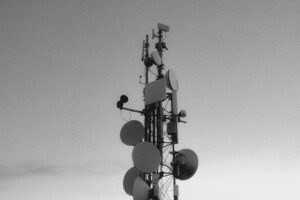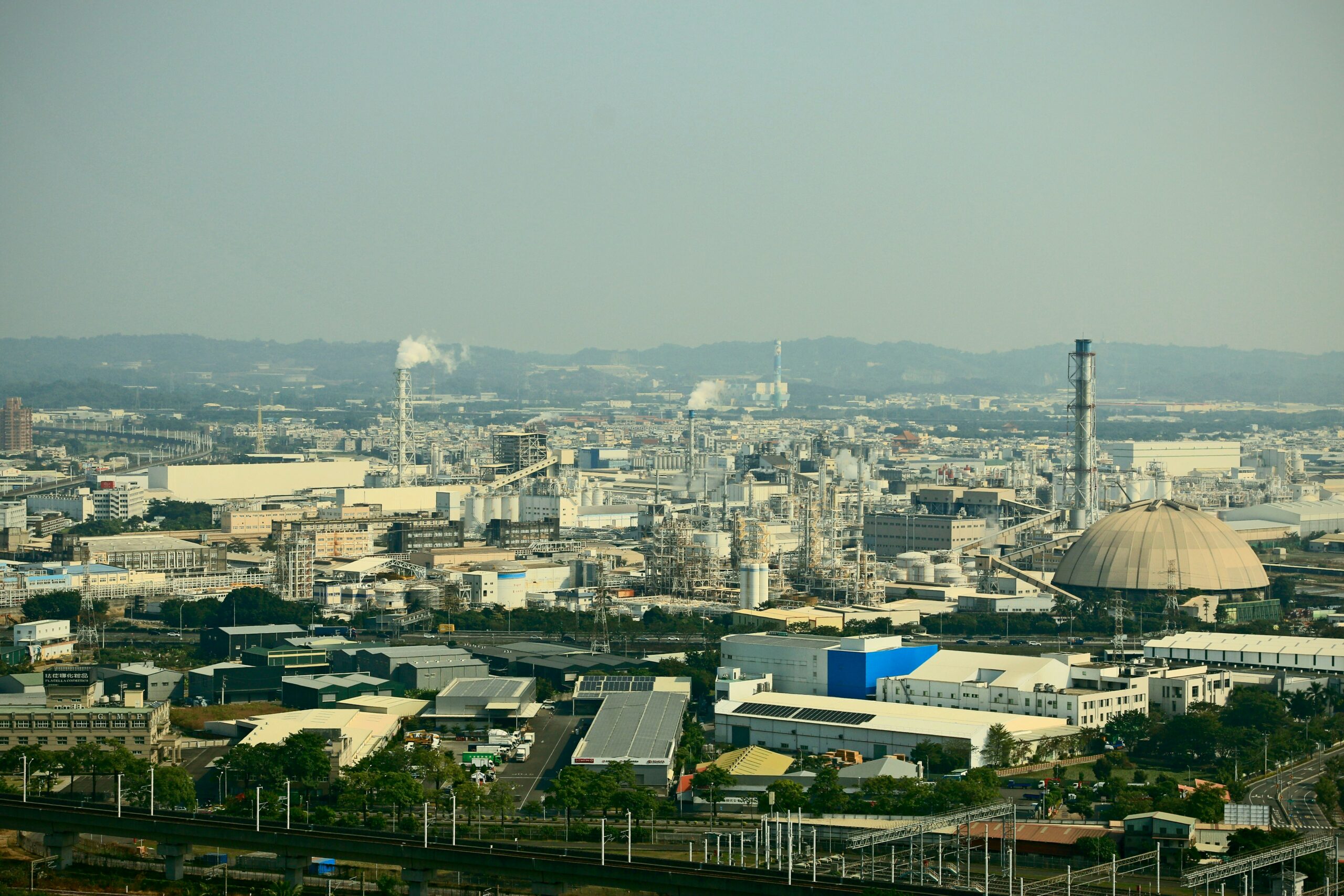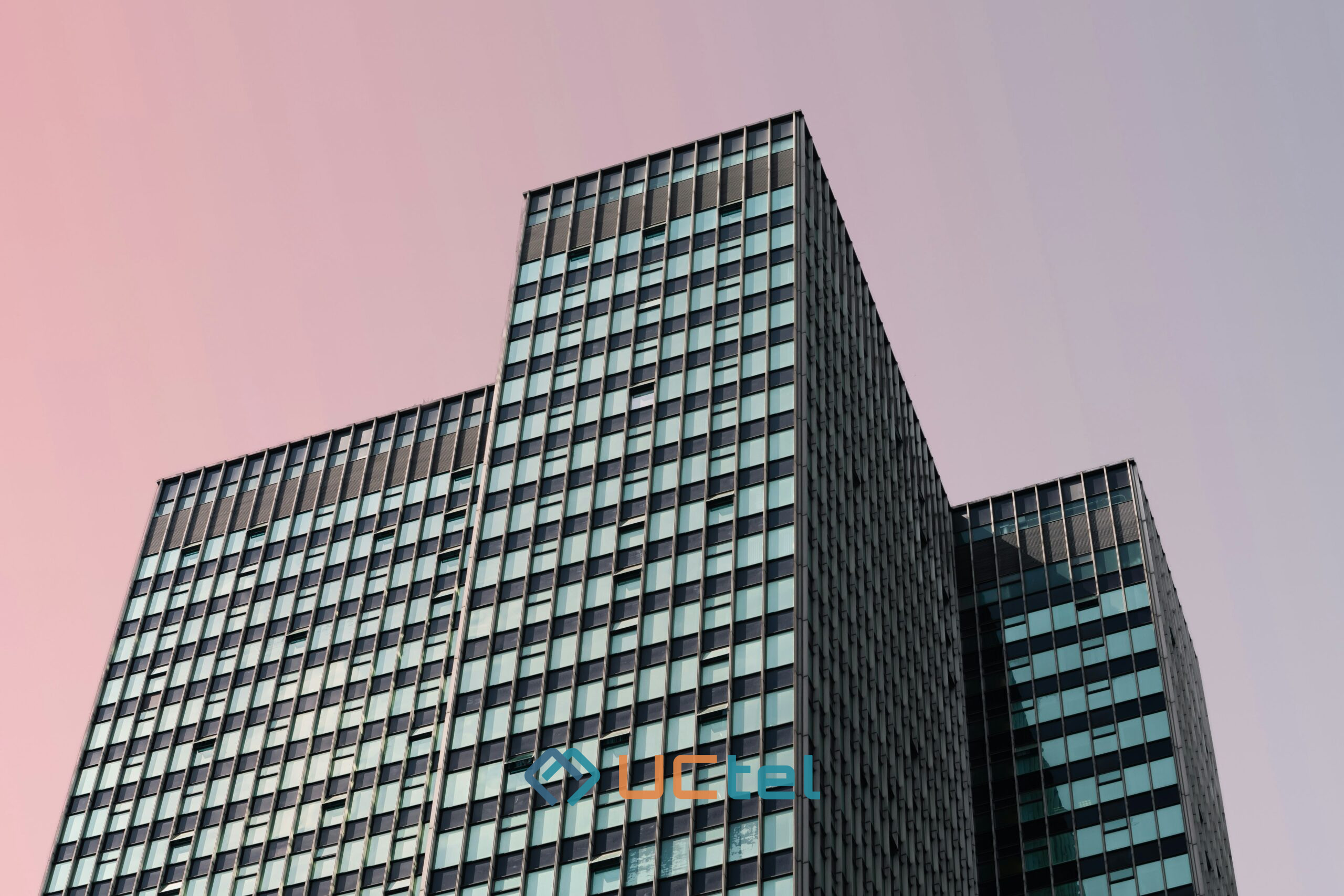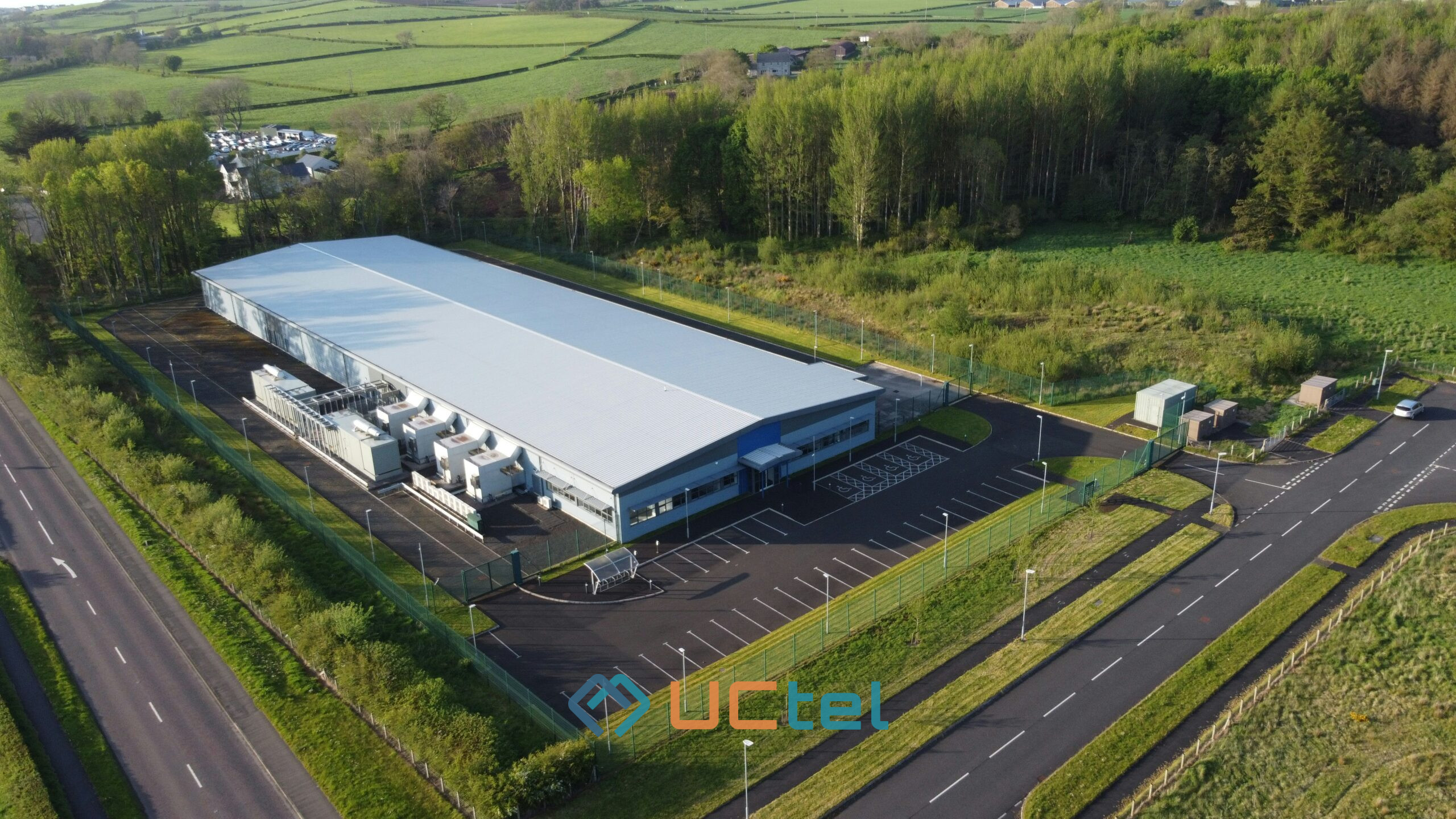
Factory Signal Booster for Manufacturing Facilities and Commercial Buildings
Table of contents
- 1. Understanding signal obstruction challenges in industrial settings
- 2. Technical features of industrial signal boosters
- 3. Complete installation components for effective coverage
- 4. Optimizing antenna selection and placement
- 5. Business benefits of enhanced connectivity
- 6. Selecting the right solution for your facility
In today's manufacturing landscape, reliable mobile connectivity forms the backbone of efficient operations. Modern factories and commercial buildings face significant challenges with mobile signal penetration due to their construction materials and vast spaces.
Factory signal boosters address these connectivity issues by amplifying weak mobile signals throughout industrial environments. These specialized repeater systems ensure consistent communication for critical operations, emergency responses, and digital transformation initiatives across manufacturing facilities.
Understanding signal obstruction challenges in industrial settings
Manufacturing environments present unique connectivity obstacles that standard solutions cannot overcome. The primary culprits blocking mobile transmission include:
- Reinforced concrete walls absorbing up to 90% of mobile signals
- Metal roof structures creating Faraday cage effects
- Large-scale facilities spanning 185,800–278,700 m²
- Industrial machinery generating electromagnetic interference
- Multiple internal floors and partitions fragmenting signal coverage
These physical barriers create problematic dead zones throughout production areas, warehouses, and distribution centers. The consequences extend beyond simple inconvenience—they directly impact operational efficiency. Radio frequency transmission challenges prevent real-time communication between teams, delay production updates, and compromise workplace safety during crisis situations.
Without proper signal amplification, manufacturing plants experience disrupted digital workflows and disconnected mobile devices. Professional signal repeaters specifically designed for industrial applications provide the necessary boost to overcome these formidable obstacles.
Technical features of industrial signal boosters
Performance specifications
Industrial-grade mobile phone signal boosters deliver powerful specifications tailored for demanding environments. These professional amplifiers typically provide signal gain ranges between 60-65dB, significantly stronger than consumer alternatives. Power output levels reaching 10-13dBm ensure consistent coverage across expansive manufacturing spaces.
- Advanced LCD display interfaces for real-time signal monitoring
- Automatic Level Control (ALC) preventing system overload
- Manual Gain Control (MGC) for precise signal strength adjustments
- Multi-band support across 700MHz, 800MHz, 900MHz, 1800MHz, and 2100MHz frequencies
The most robust boosters provide coverage capabilities exceeding 200 square meters, with scalable solutions for facilities of any size. These systems support multiple wireless network operators simultaneously, ensuring all staff devices maintain connectivity regardless of their service provider.
Frequency band capabilities
Modern signal repeaters come in various configurations to match specific facility requirements:
- Single-band boosters targeting specific frequency ranges
- Dual-band systems supporting 2G/3G/4G networks
- Triple-band amplifiers covering most major mobile frequencies
- Quad-band and five-band solutions providing comprehensive coverage
This versatility ensures compatibility with GSM, UMTS, LTE, and emerging 5G networks across global regions including Europe, North America, and Asia.
Complete installation components for effective coverage
A comprehensive factory signal booster solution requires several integrated components working in harmony:
| Component | Function | Installation Considerations |
| Signal Repeater Unit | Core amplification system processing weak signals | Central location with power access and ventilation |
| Outdoor Antennas | Captures external signals from mobile towers | Elevated position with clear line-of-sight to nearest tower |
| Indoor Antennas | Distributes amplified signal throughout facility | Strategic placement in high-traffic areas and workstations |
| Coaxial Cables | Transmits signals between system components | Low-loss cable quality with proper shielding and connectors |
The outdoor antenna options include directional Yagi, mesh, LPDA, flat panel, and omnidirectional variants—each suited for different environmental conditions. Indoor antenna distribution typically employs ceiling-mounted or whip-style designs strategically positioned throughout the facility.
Professional installation requires high-quality coaxial cables with appropriate connectors to maintain signal integrity across long distances. The power supply must convert AC 100-240V to DC reliably, often incorporating surge protection for industrial environments.
Optimizing antenna selection and placement
The effectiveness of any mobile signal booster system depends heavily on proper antenna configuration:
- Outdoor Yagi antennas with 9dBi gain excel in weak signal environments
- Narrow reception angles allow targeting distant mobile towers precisely
- Typical dimensions of 655×170×55mm balance performance with manageable installation
A thorough site survey determines optimal antenna placement by identifying the strongest external signals and internal dead zones. Antenna separation between indoor and outdoor units prevents oscillation—a minimum of 20 vertical feet typically provides sufficient isolation.
Mounting height significantly impacts performance, with elevated positions reducing ground-level interference. Indoor antennas require strategic placement that balances coverage area with signal strength, typically installed centrally in manufacturing floors, warehouse sections, and office areas.
Business benefits of enhanced connectivity
Implementing professional signal boosters delivers substantial operational advantages:
- Enables real-time predictive maintenance systems reducing equipment downtime
- Supports rapid material handling through connected inventory systems
- Enhances emergency response coordination during facility crises
- Improves workplace safety through reliable communication channels
Manufacturing productivity improvements result from eliminating communication barriers between production teams, management, and support staff. Digital transformation initiatives like IoT sensor networks and mobile workstations depend on consistent wireless connectivity throughout the facility.
Plants implementing comprehensive signal amplification solutions report significant reductions in production delays and improved coordination across departments. Wireless communication reliability becomes particularly crucial during maintenance operations and shift transitions when information handoffs are critical.
Selecting the right solution for your facility
Finding the optimal signal enhancement system requires evaluating several key factors:
- Facility size and construction materials determining coverage requirements
- Specific frequency bands used by your primary network operators
- Current and future connectivity needs including potential 5G adoption
- Budget considerations balancing equipment and professional installation
For extremely large facilities exceeding 500,000 square feet, Distributed Antenna Systems (DAS) may complement traditional boosters. Organizations should consider manufacturer warranty terms, typically one year with extended maintenance options available.
Professional installation services provide significant advantages over DIY approaches, ensuring optimal component placement and system configuration. Custom solutions addressing specific manufacturing challenges deliver the most reliable results, particularly in facilities with unique layouts or challenging radio frequency environments.








